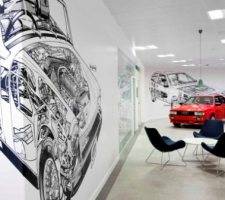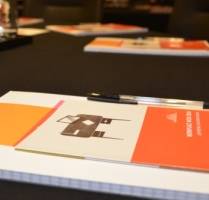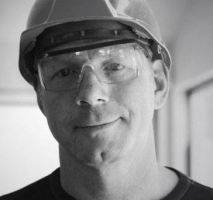December 3, 2014
Fresh completes a new installation for Teleperformance in Gateshead
 Interior design and fit-out firm Fresh Workspace has completed a 30,000 sq ft turnkey project at Baltic Place Gateshead for Teleperformance, the world’s largest contact centre and outsourced customer service providers. Teleperformance, which also occupies several sites in The Watermark Gateshead, commissioned Fresh to carry out the fit-out of three floors of the landmark Baltic Quays building on South Shore Road. The project was completed within a 12 week programme of work with a fixed end-date. Works incorporated a range of mechanical and electrical alterations and additions including the provision of a stand-by generator, cooling and fresh air. The full fit-out comprised the specification and installation of partitions, doors, power and data cabling, new furniture, flooring, feature lighting and security systems.
Interior design and fit-out firm Fresh Workspace has completed a 30,000 sq ft turnkey project at Baltic Place Gateshead for Teleperformance, the world’s largest contact centre and outsourced customer service providers. Teleperformance, which also occupies several sites in The Watermark Gateshead, commissioned Fresh to carry out the fit-out of three floors of the landmark Baltic Quays building on South Shore Road. The project was completed within a 12 week programme of work with a fixed end-date. Works incorporated a range of mechanical and electrical alterations and additions including the provision of a stand-by generator, cooling and fresh air. The full fit-out comprised the specification and installation of partitions, doors, power and data cabling, new furniture, flooring, feature lighting and security systems.

























December 4, 2014
Why doesn’t the HR dept have more of a role in workplace design?
by Steve Brewer • Comment, Facilities management, Workplace, Workplace design
More →